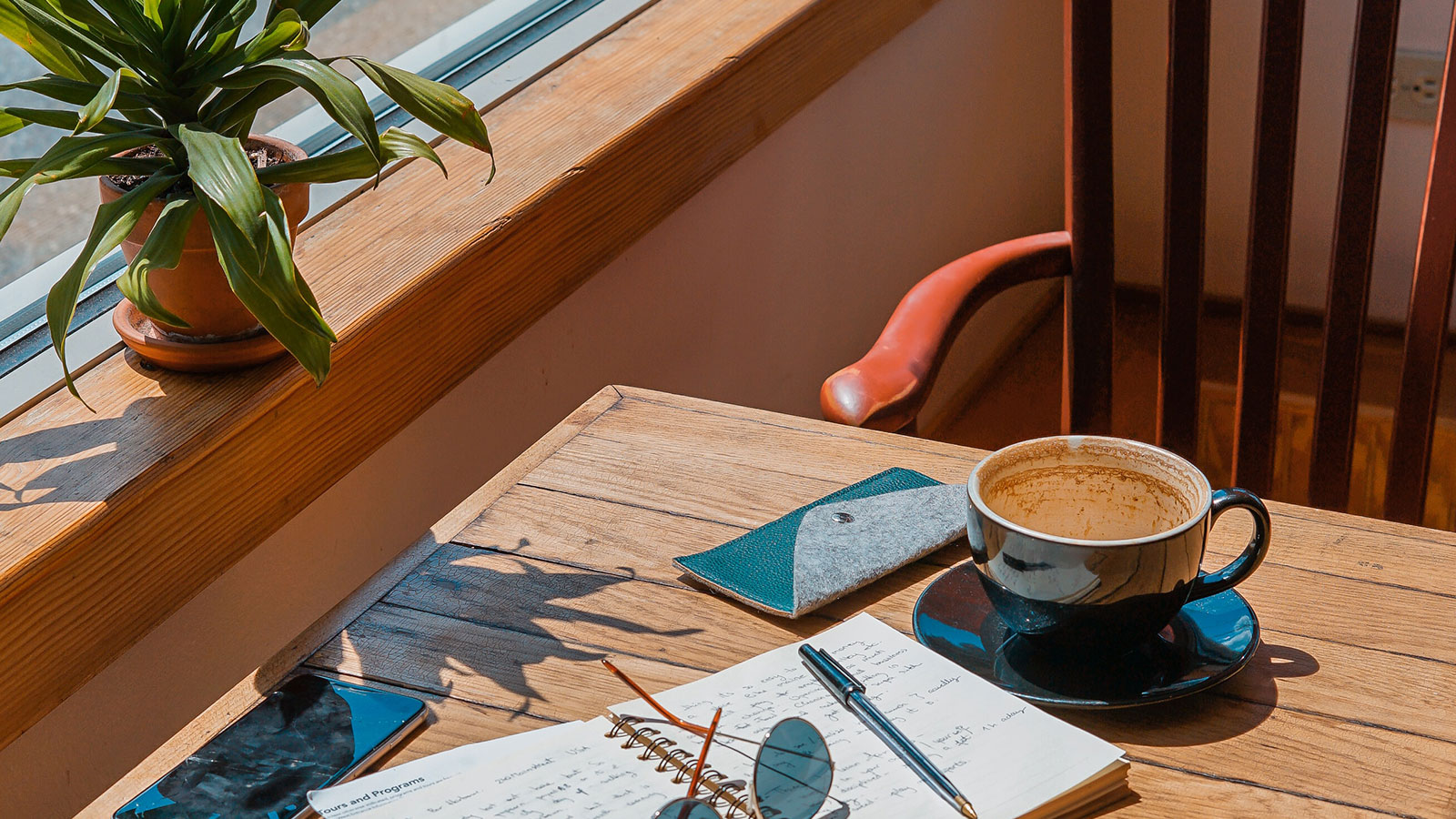When you see coffee and think “bitter”, that’s your initiation; when you taste the “acidity” of coffee, that’s your awareness; when you learn about the flavour of coffee and know that there is a “sweetness” in the middle, that’s the beginning of the real evaluation of a cup of coffee. This is the beginning of the real evaluation of a cup of coffee. Today, we’re going to share with you how to taste the flavour of coffee.

Step 1: Smell the fragrance
There are two types of aroma: dry aroma and wet aroma.
Dry aroma (Fragrance): refers to the aroma of coffee ground into powder. By holding a freshly ground coffee powder close to your mouth and nose, you will perceive the dry aroma of different coffees from different coffee origins. For example, in Latin American coffees you will smell something like a nutty, dark chocolate type of flavour, while coffees from African regions have more of a floral, fruity type of flavour.
Wet aroma (Aroma): refers to the aroma of the coffee powder after hot water has been added. Pour the finished coffee into a cup, close your eyes and take your time to smell its wet aroma, perhaps nutty, chocolate, fruity or floral.
Step 2 Taste the flavour
When the coffee is in your mouth, you can feel the flavour. The flavour represents the main qualities of the coffee and is the “middle” sensory experience, between the wet aroma, the acidity and the finish of the coffee. Flavour combines all the senses of the taste buds with the retro-nasal impression of the coffee. Flavour encompasses the intensity/quality/complexity of the flavour and wet aroma.
Step 3 Perceiving the aftertaste
The final point of tasting is the aftertaste, by which is meant the aftertaste that the coffee gives to everyone in the mouth and in the throat. There is always a flavour that returns down the throat after the coffee has been drunk, some aftertastes are very long and clear, others are very short and vague. We say that the longer and clearer aftertaste is good and that the quality of the raw coffee beans is higher.





